We may earn money or products from the companies mentioned in this post. This means if you click on the link and purchase the item, I will receive a small commission at no extra cost to you ... you're just helping re-supply our family's travel fund.
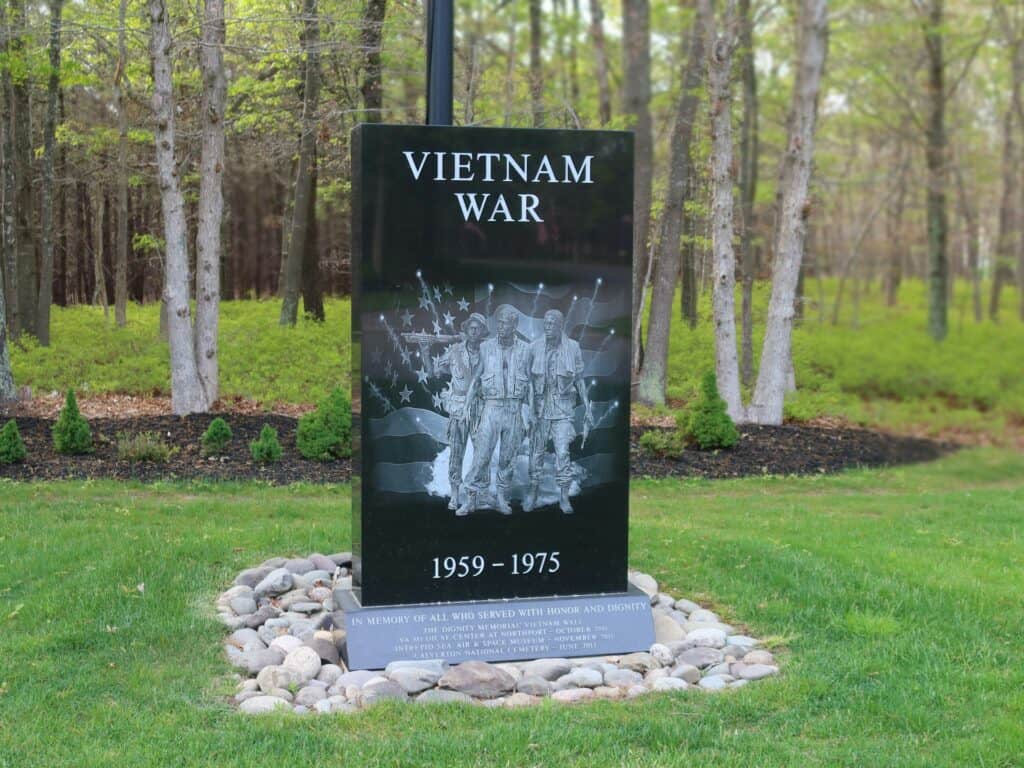
Myths grow when distance replaces detail. The Vietnam War still sits in public life, shaped by films, family stories, and tidy claims that miss the grind of real people and places. On the ground, museums and memorials restore texture that headlines skipped: local allies, supply webs, river warfare, and recovery that stretched decades. Walking these rooms and landscapes widens the frame. Timelines lengthen, maps gain weight, and nuance returns. The result is not neat. It is human, layered, and worth careful time.
Myth: The War Was Fought Only in Jungle

Where to learn: Khe Sanh Combat Base Museum, Quang Tri. Red clay runways, fog, and surrounding hills show a battlefield closer to high country than rainforest. Exhibits chart siege warfare, artillery duels, and airlifts that depended on weather windows, not canopy. A short drive reaches the DMZ and coastal dunes, underscoring how Marines, ARVN, and PAVN fought across plains, cities, mangroves, and mountains. Terrain variety shaped tactics as much as ideology.
Myth: The Cu Chi Tunnels Were A Small Local Trick

Where to learn: Cu Chi Tunnels Historic Site, Ho Chi Minh City. Guides unpack a layered network with field hospitals, workshops, and hidden vents, not a few cramped lanes. Visitors see trapdoors, widened segments, and kitchens that vent smoke sideways. Exhibits explain how local fighters moved, slept, and signaled under farmland and hedges. The scale reframes the countryside war as engineering plus patience, with logistics outlasting firepower.
Myth: The Tet Offensive Was A Clear US Military Defeat

Where to learn: Hue Imperial City and local museums. Streets and gates carry shrapnel scars where urban combat raged for weeks. Panels and walks describe a surprise wave repelled at huge cost that flipped perception at home. Military lines held in many places, yet television and casualties shifted politics. Standing in the Citadel clarifies a dual truth: tactical resilience paired with strategic shock. Cities became arguments as much as objectives.
Myth: Only Americans Fought Against The North
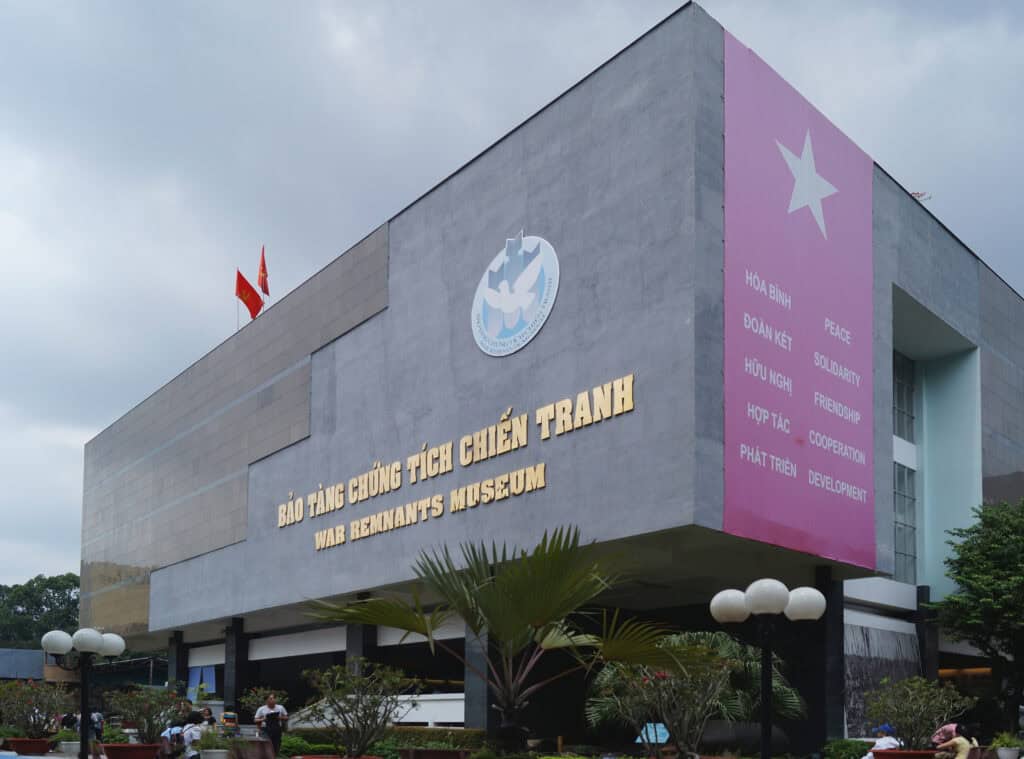
Where to learn: War Remnants Museum, Ho Chi Minh City, and Vietnam Military History Museum, Hanoi. Galleries list South Vietnamese, South Korean, Australian, New Zealand, Thai, and Filipino units, alongside civilian roles often erased in shorthand. Uniforms, field kits, and unit logs make allied coalitions visible. North Vietnamese exhibits show parallel mobilization. The war reads as multinational, with uneven resources and overlapping aims.
Myth: The Ho Chi Minh Trail Was One Road
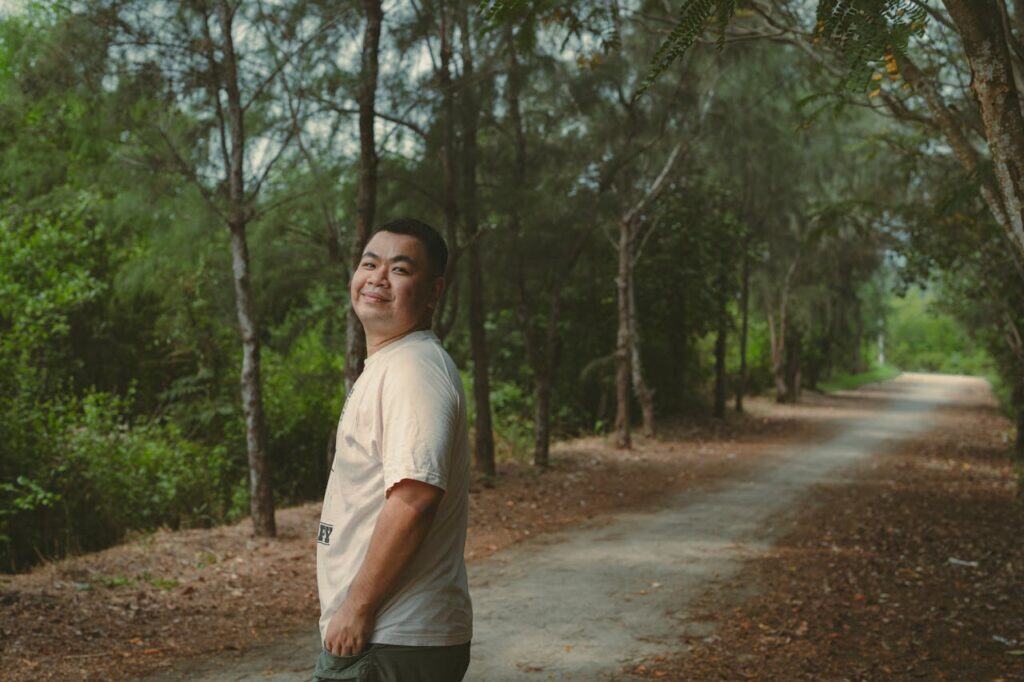
Where to learn: Ho Chi Minh Trail Museum, Hanoi. Maps and models show a braided web of paths, pipelines, truck routes, and waystations through Laos and Cambodia. Weather shelters, camouflage nets, and repair depots reveal a supply system that shifted constantly to survive strikes. Panels explain seasonal timing and river crossings that kept the network alive. Logistics worked as strategy, tuned to terrain and moonlight.
Myth: The War Ended For Vietnam When US Troops Left In 1973
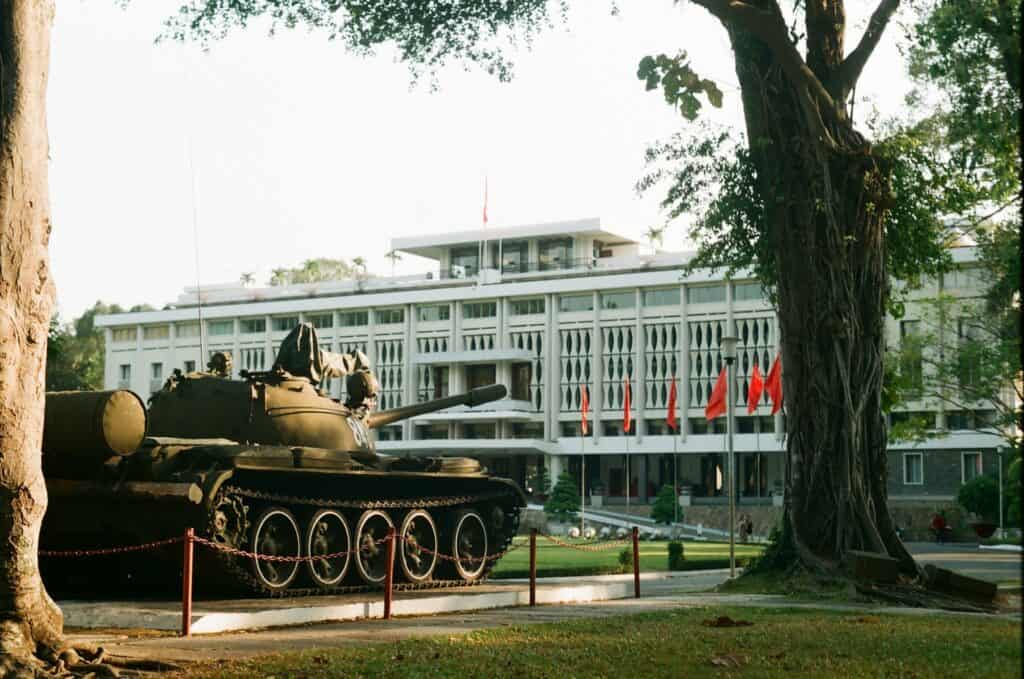
Where to learn: Reunification Palace, Ho Chi Minh City. Rooms, radios, and the basement command center trace events through April 30, 1975, when tanks breached the gates and a new era began. Photographs, film, and city maps bridge the gap between accords and final offensives. The palace keeps the sequence grounded in daily decisions, not just treaties. The lesson is calendar honesty, with a last turning point two years after initial withdrawals.
Myth: It Was Purely A Helicopter War
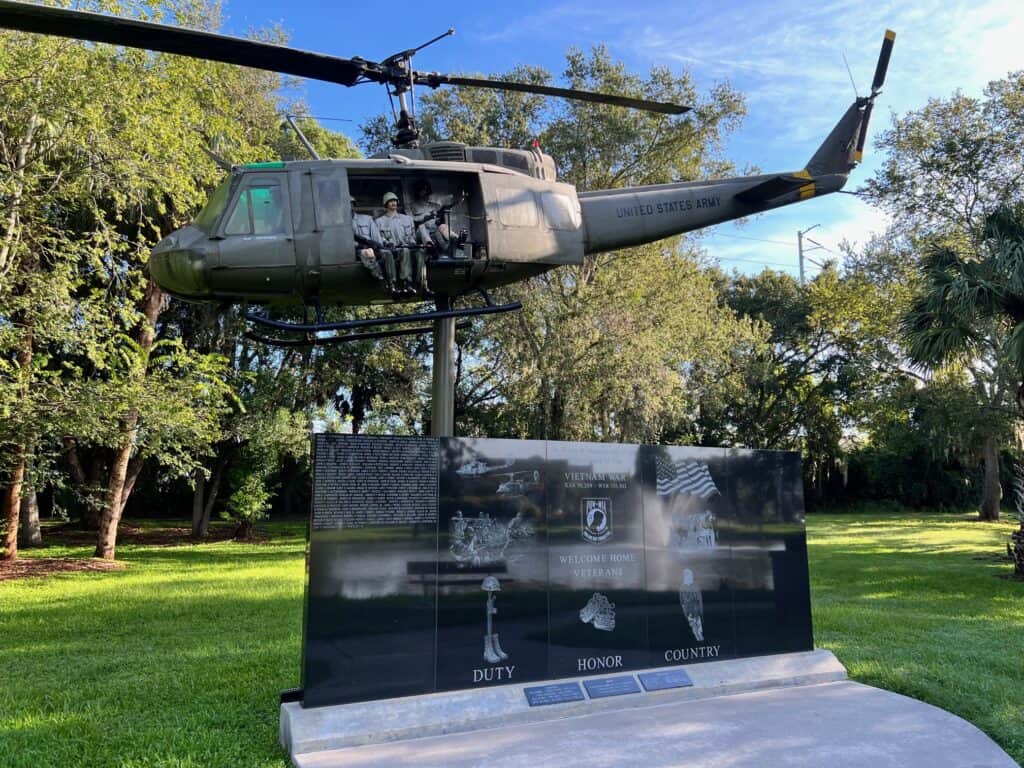
Where to learn: National Museum of the United States Air Force, Dayton, and USS Midway Museum, San Diego. Hueys matter, but galleries and decks add river craft, bombers, reconnaissance, and carrier operations that stitched the theater together. Aircraft, sensors, and pilot logs explain major campaigns alongside medevac and close support. The flight deck links sorties to weather, crews, and tight planning rooms.
Myth: My Lai Was An Isolated Tragedy
Where to learn: Son My Memorial and Museum, Quang Ngai. Quiet paths lead to steles, family names, and photographs that place one day inside years of sweeps, fear, and failures in command. The site does not generalize, but it situates atrocity within policy pressure and human error. Guides emphasize duty, remorse, and long work toward reconciliation. The grounds ask for slow walking and careful attention.
Myth: Agent Orange Ended With The Last Sortie

Where to learn: War Remnants Museum, Ho Chi Minh City. Exhibits trace dioxin contamination, health studies, and cleanup projects that continued long after the ceasefire. Photographs and interviews present multigenerational impacts alongside maps of former storage and spray zones. Panels explain persistence and remediation methods. The story moves from accusation to evidence and then to public health work still underway.
Myth: The DMZ Was A Sealed Border
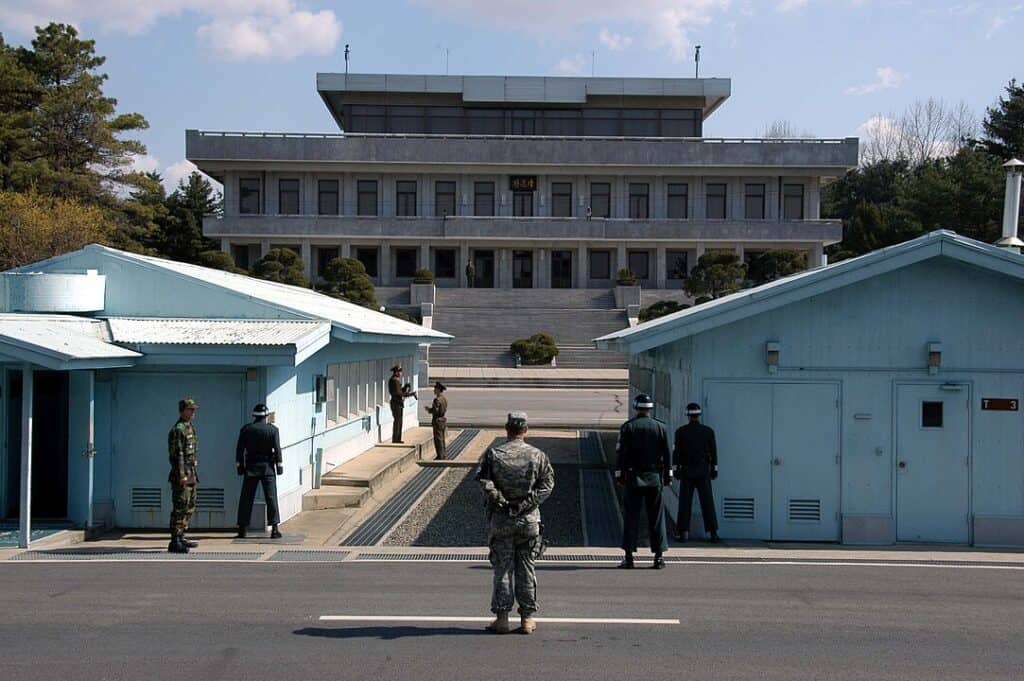
Where to learn: Hien Luong Bridge and Vinh Moc Tunnels, Quang Tri. Painted spans and loudspeakers recall propaganda duels, while coastal tunnels show communities moving under bombardment. Guides map artillery arcs and evacuation routes that cut across the parallel day after day. The area reads as porous under fire, with fishermen, medics, and messengers threading risk along river and sea to keep families alive.
Myth: Veterans Returned To Uniform Rejection

Where to learn: Vietnam Veterans Memorial, Washington, D.C., and National Veterans Memorial and Museum, Columbus. The Wall holds names and rituals that continue daily, while galleries present a wider range of homecomings: quiet pride, silence, protest, and long clinical care. Oral histories add nuance and show communities that helped, stumbled, or learned late. Recognition remains a practice, not a verdict.
Myth: Bombing Fell Only On North Vietnam

Where to learn: COPE Visitor Centre, Vientiane, Laos. Displays document the scale of ordnance dropped on Laos and its long aftermath, from unexploded bomblets to prosthetics and clearance teams. Maps and testimonials widen the theater beyond borders on school maps. The center balances sober statistics with practical recovery, reminding visitors that regional wars ignore neat frames and that repair is patient work.